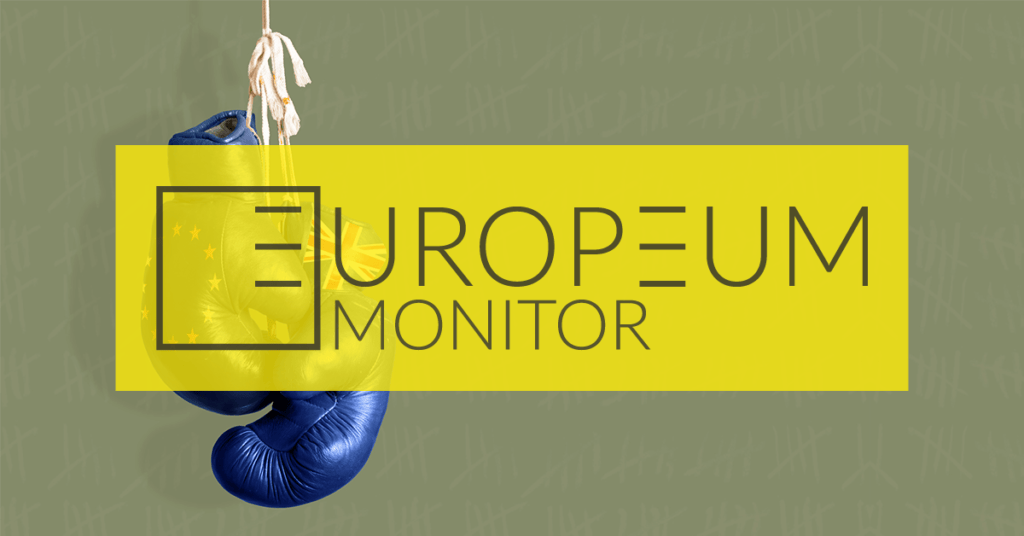EU MONITOR: Brexit, now what? Examining the future of Central and Eastern European security post-Brexit
In her latest EU monitor, Danielle Piatkiewicz explores the future of Central and Eastern European security after Brexit.
3. February 2020

- January 31st will begin the long-awaited legal withdrawal of the United Kingdom from the European Union. As the UK disengages politically, Europe’s existing security structure will undergo reconstruction as EU Member States reevaluate their future without the UK as active members established security including CSDP, NATO, PESCO, among others.
- As the UK seeks bilateral partnerships post-Brexit, steadfast security consumers like Central and Eastern Europe (CEE) should gauge how Brexit will affect their security region. With external threats mounting in the East, the CEE region relies heavily on the existing security blanket that Europe and NATO have provided. As one of the strongest European militaries, an engaged or disengaged UK will certainly affect the security environment, but it will be up to how the EU and CEE countries react and adapt, that will impact the future security of their region once Brexit takes effect.
While there is only one project where all V4 members collectively participate in, PESCO remains an opportunity for V4 to work in tandem with other Member States, and potentially closer with the UK. Yet, without Britain’s industrial base, it could be difficult to make future integration projects viable. At the moment, this is not a huge concern for members of V4 as most of their recent military purchases have been with the US and other Member States, but future participation of the UK in PESCO projects and EDF should be politically supported and encouraged by members of the V4.






